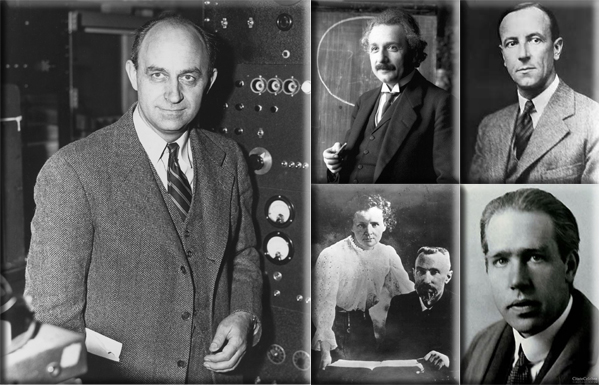
Fermi produces the first nuclear chain reaction on December 2, 1942
Fermi produces the first nuclear chain reaction: on this day, Enrico Fermi, the Italian-born Nobel Prize-winning physicist, directs and controls the first nuclear chain reaction in his laboratory beneath the bleachers of Stagg Field at the University of Chicago, ushering in the nuclear age. Upon succesful completion of the experiment, a coded message was transmitted to President Roosevelt: “The Italian navigator has landed in the new world.”
Following on England's Sir James Chadwick's discovery of the neutron and the Curies' production of artificial radioactivity, Fermi, a full-time professor of physics at the University of Florence, focused his work on producing radioactivity by manipulating the speed of neutrons derived from radioactive beryllium. Further similar experimentation with other elements, including uranium 92, produced new radioactive substances; Fermi's colleagues believed he had created a new “transuranic” element with an atomic number of 93, the result of uranium 92 capturing a neuron while under bombardment, thus increasing its atomic weight. Fermi remained skeptical about his discovery, despite the enthusiasm of his fellow physicists. He became a believer in 1938, when he was awarded the Nobel Prize in physics fos' production of artificial radioactivity, Fermi, a full-time professor of physics at the University of Florence, focused his work on producing radioactivity by manipulating the speed of neutrons derived from radioactive beryllium. Further similar experimentation with other elements, including uranium 92, produced new radioactive substances; Fermi's colleagues believed he had created a new “transuranic” element with an atomic number of 93, the result of uranium 92 capturing a neuron while under bombardment, thus increasing its atomic weight. Fermi remained skeptical about his discovery, despite the enthusiasm of his fellow physicists. He became a believer in 1938, when he was awarded the Nobel Prize in physics for “his identification of new radioactive elements”. Although travel was restricted for men whose work was deemed vital to national security, Fermi was given permission to leave Italy and go to Sweden to receive his prize. He and his wife, Laura, who was Jewish, never returned; both feared and despised Mussolini's fascist regime.
Fermi immigrated to New York City - Columbia University, specifically, where he recreated many of his experiments with Niels Bohr, the Danish-born physicist, who suggested the possibility of a nuclear chain reaction. Fermi and others saw the possible military applications of such an explosive power, and quickly composed a letter warning President Roosevelt of the perils of a German atomic bomb. The letter was signed and delivered to the president by Albert Einstein on October 11, 1939. The Manhattan Project, the American program to create its own atomic bomb, was the result
It fell to Fermi to produce the first nuclear chain reaction, without which such a bomb was impossible. He created a jury-rigged laboratory with the necessary equipment, which he called an “atomic pile”, in a squash court in the basement of Stagg Field at the University of Chicago. With colleagues and other physicists looking on, Fermi produced the first self-sustaining nuclear chain reaction and the “new world” of nuclear power was born.
History Channel / Wikipedia / PBS / Princeton / U.C. Davis
Photo: Enrico Fermi
• Albert Einstein
• Pierre Curie - Marie Curie
• Sir James Chadwick
• Niels Bohr
/ “Father of the atomic bomb:” J. Robert Oppenheimer
• Manhattan Project
• Atomic bombings of Hiroshima and Nagasaki
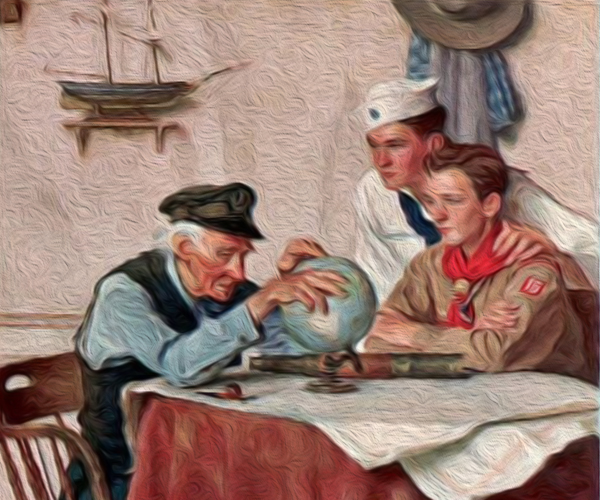
Understanding Military Terminology - flight quarters
(DOD) Flight quarters:
A ship configuration that assigns and stations personnel at critical positions to conduct safe flight operations Wikipedia / DTIC.mil - JP 3-04)
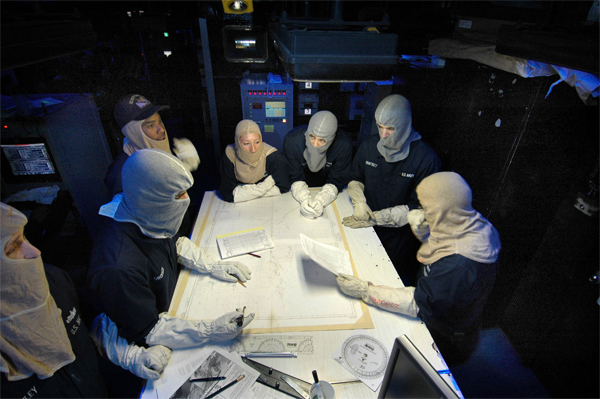
The Old Salt’s Corner
General Quarters (G.Q.)
The purpose of general quarters is to prepare the ship to fight, both offensive and defensive operations, as quickly as possible. You need to report to your assigned G.Q. station or work center as quickly as practical. A fast walk should be sufficient to get you there safely. The flow of traffic is generally “up and forward on the starboard side—down and aft on the port side”. Travel against the flow of traffic is dangerous and should be avoided.
The condition of readiness required for a ship to go into combat is "Condition Zebra." This means the ship is “buttoned up” in all watertight compartments to insure integrity and prevent the spread of fires. This is why you need to get to your G.Q station before the doors and hatches are slammed shut.
Proper uniform for G.Q. is sleeves rolled down and buttoned (jacket on over short sleeves), pants legs tucked into your socks or taped at the ankles, and the collar of your shirt buttoned. Flash hoods and gloves are also becoming standards aboard many ships. In some departments you may be required to wear a steel helmet and flotation device. Also, gas masks are often required during advanced drills (G.Q., Man Overboard, and Fire).
Note: during G.Q., some intelligence personnel may be required to leave their G.Q. spaces in order to transmit intelligence data to other parts of the ship. This may involve opening and closing the watertight doors between compartments. Should you be required to do this, you must call the Damage Control spaces and inform them of your route of travel prior to departing (e.g., from CVIC to the Flag spaces).

“I’m Just Sayin’”
Happiness is an agreeable sensation, arising from contemplating the misery of others.

“Thought for the Day”
“A clever, ugly man every now and then is successful with the ladies, but a handsome fool is irresistible.”
~ Thomas Henry Huxley

“What I Have Learned”
“You have to learn the rules of the game. And then you have to play better than anyone else.”
~ Albert Einstein
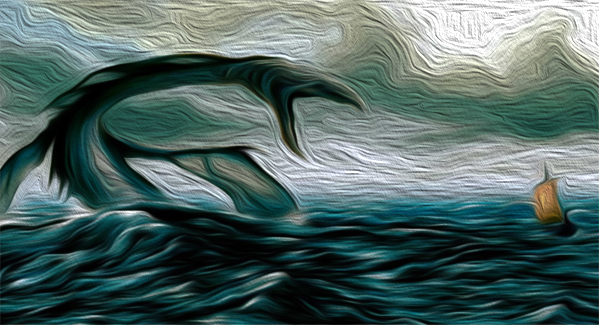
Bizarre News (we couldn’t make up stuff this good – real news story)

ST. PAUL, Minnesota - When a van on official business for the city of St. Paul, Minn., accidentally hit Megan Campbell’s Nissan Pathfinder in August, Campbell, naturally, filed a claim against the city for the $1,900 damage - normally just a cost of business for a city and one of about 400 claims a year St. Paul processes.
However, the van happened to be driven by the same Megan Campbell, an employee of St. Paul Parks and Recreation, who apparently could not avoid hitting her own parked SUV. At press time, the city was investigating but expected to handle the claim as routine.St. Paul Pioneer-Press - Twin Cities
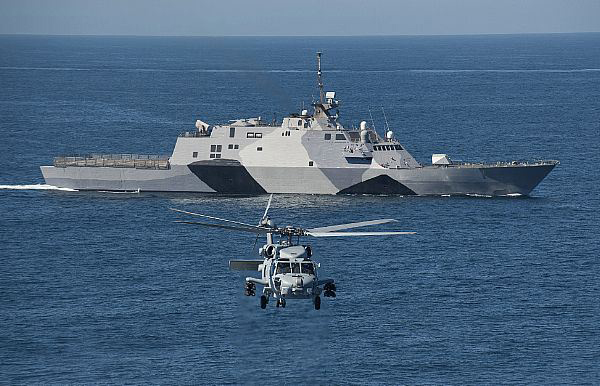
Mr. Answer Man Please Tell Us: Why are navy warships typically gray in color?
The U.S. Navy definitely has a gray color scheme for its ships. Aircraft carriers, battleships, oilers, etc. are all painted gray.
Why? The overriding factor is the desire to reduce the visibility of the ship as much as possible. Some sort of invisibility cloak would be ideal, but until that is invented, paint is all we've got.
So what color should the paint be? Black is one possibility. The sky is black at night, and it is night half the time. A black ship, therefore, would be nearly invisible half the time. The problem is that, during daylight, a black ship stands out like a strobe light. That same visibility problem eliminates most colors like red, green, yellow, purple, etc.
What we are left with are three possibilities: the color of the water, the color of clear sky (light blue) and the color of overcast/foggy/misty sky (gray). The Navy apparently believes that skies are overcast/foggy/misty more often than they are clear. For example, this page notes:
The new light gray, (know during the inter-war period as Standard Navy Gray #5), was selected because of the following:
I. That the ship be as invisible as possible to an observer on a surface ship and on a submarine.
II. The weather will be mostly overcast, or hazy or foggy, as in the North Sea area.
III. That the chosen gray was the best color under the above weather conditions.
This page says: “The gray color reduces the contrast of the ships with the horizon, and reduces the vertical patterns in the ship's appearance. It is the color of USN combatant and auxiliary surface ships, as opposed to the dark gray or black color of submarines, the bright colors of ceremonial vessels and aircraft, or the white of hospital ships.”
At the outbreak of World War I, navies struggled how to conceal their ships on the open seas. Painting vessels grey helped reduce visibility, but it was difficult to consistently blend with ever-changing environments and weather conditions. Prominent trails of smoke and wake also left ships vulnerable to being identified by enemies.
In 1917, the British Royal Navy pioneered the “Dazzle” camouflage paint scheme which often consisted of bold stripes and bright colors. The patterns were not intended to hide the ship, but rather to disrupt the outline so that size, range, speed and heading would be difficult to determine – preventing the enemy from accurately targeting the vessel. The United States was one of several nations to adopt the practice and experiment with different patterns through the end of World War II. “Dazzle” schemes largely faded from use because there was no clear evidence of their effectiveness, especially against technological advances in radar and rangefinders. “Dazzle” was however credited with boosting morale of crews who took pride in the unique and intimidating appearance of their ship.
Research: Wikipedia
• Wikipedia / Dazzle_camouflage
• USNI.org
• GWPDA
• The Miniatures Page
USS Freedom in its new paint scheme U.S. Navy Photo
• Zebra-striped French light cruiser Gloire
• USS Nebraska with an experimental design in 1918
• The deceptive bow of the cargo ship USS West Mahomet in 1918
• Aircraft carrier HMS Argus in 1918
• An ocean liner converted into a troop ship, the USS Leviathan in 1918
• “Murders’ Row” – USS Wasp, USS Yorktown, USS Hornet, USS Hancock and USS Ticonderoga in 1944
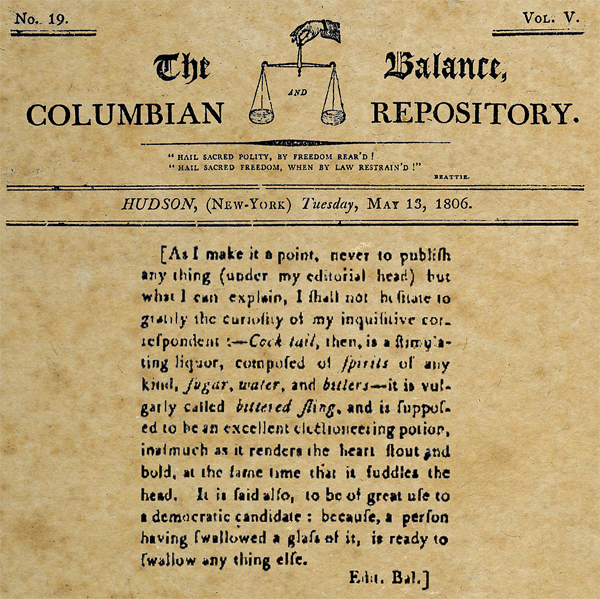
Where Did That Saying Come From?
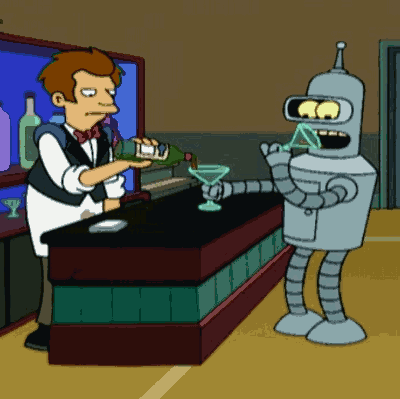
“Cocktails:”
Bartenders used to drain the dregs off all the barrels and mix them together, serving the resultant muddle at a reduced price. “Cock” was another name for spigot, and “tailings” is the last bit of alcohol, so this drink was called “cock-tailings”, quickly shortened to “cocktail”
The first definition of cocktail known to be an alcoholic beverage appeared in the May 13, 1806, edition of The Balance and Columbian Repository, a publication in Hudson, New York, in which an answer was provided to the question, “What is a cocktail?”. The editor Harry Croswell replied:
Cock-tail is a stimulating liquor, composed of spirits of any kind, sugar, water, and bitters—it is vulgarly called bittered sling, and is supposed to be an excellent electioneering potion, in as much as it renders the heart stout and bold, at the same time that it fuddles the head. It is said, also to be of great use to a democratic candidate: because a person, having swallowed a glass of it, is ready to swallow any thing else.Paste Magazine / Wikipedia

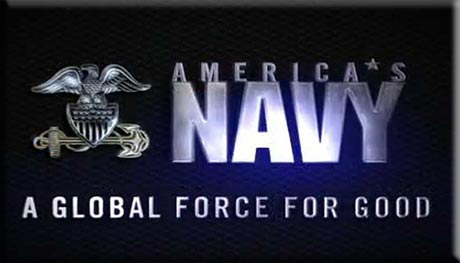
NAVSPEAK aka U.S. Navy Slang
Skeds-O: Schedules Officer
Skylarking: Not paying attention, due to “looking up in the sky” instead of on the assigned task. From Royal Navy slang during the era of the tall ships midshipmen or “young gentlemen” would race each other up, down, and through the rigging. They were playing in the air; thus, skylarking.
Torpedo Sponge: Similar to “Missile Sponge”, this refers to the smaller ships in a convoy, whose duty it is to protect the carrier, to the point of taking the torpedo hit for the carrier if needed.
Water wings: Surface Warfare Officer's badge (so named by aviators.) A prideful term used by non-carrier SWOs.
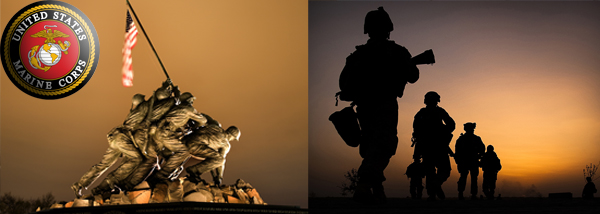
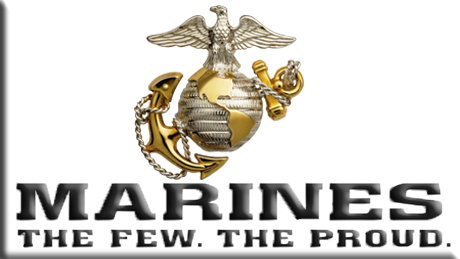
Just for you MARINE
Commissioned Officer: Officers who have been designated as “officers and gentlemen” by the Congress on the advice of the President. Noncommissioned officers are rated and warrant officers are granted warrants to their grade. Enlisted Marines are fond of making note that their parents made them gentlemen, it did not require an act of Congress. The commissioned ranks are: second lieutenant, first lieutenant, captain, major, lieutenant colonel, colonel, brigadier general, major general, lieutenant general and general.
Commo Wire: Field telephone wire.
Company: A unit containing more than one platoon. They are typically commanded by a captain. Companies are assigned within Battalions.
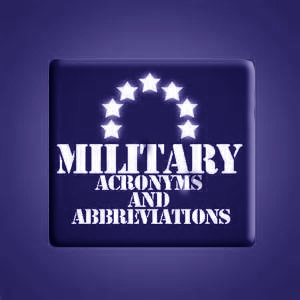
Navy Acronyms
MCPON - Master Chief Petty Officer of the Navy
The senior most Enlisted member of the U.S. Navy.
MEPS - Military Entrance Processing Station
Station where recruits take the ASVAB, physical exam, select a rating and take the Oath of Enlistment.
MSC - Medical Service Corps
Navy Officer Corps consisting of health-care administrators, optometrists, pharmacists, scientists and other specialized practitioners.
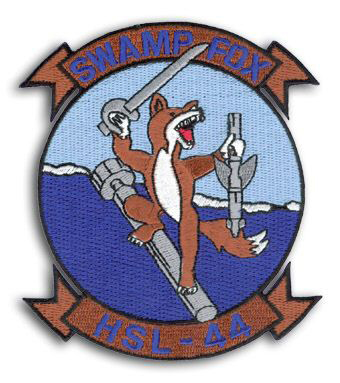
Naval Aviation Squadron Nicknames
HSL-44 - Helicopter Anti-Submarine Squadron Light 44: “Swamp Fox” NAS Jacksonville, Florida
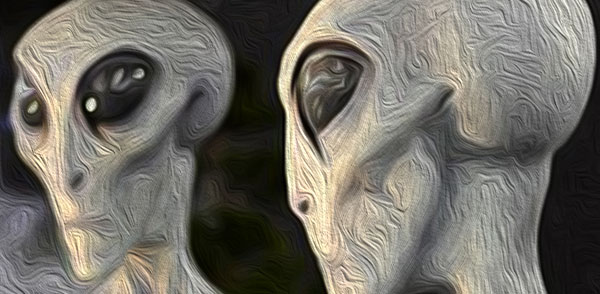
The Strange, Mysterious or Downright Weird
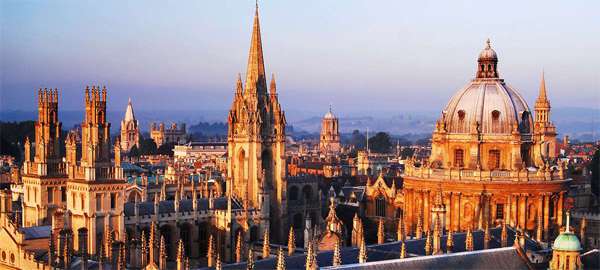
Teaching started at Oxford by as early as 1096 and the university was officially founded in 1249. Meanwhile, as far as we know, the Aztec civilization began with the founding of Tenochtitlán – which was in 1325.
Oxford / Ancient History Encyclopedia / Wikipedia

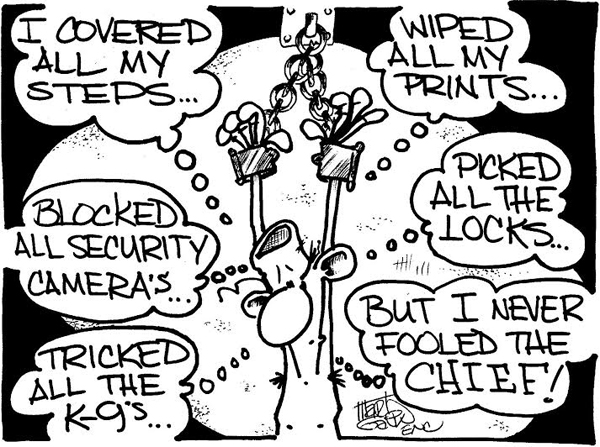
SONG FACTS
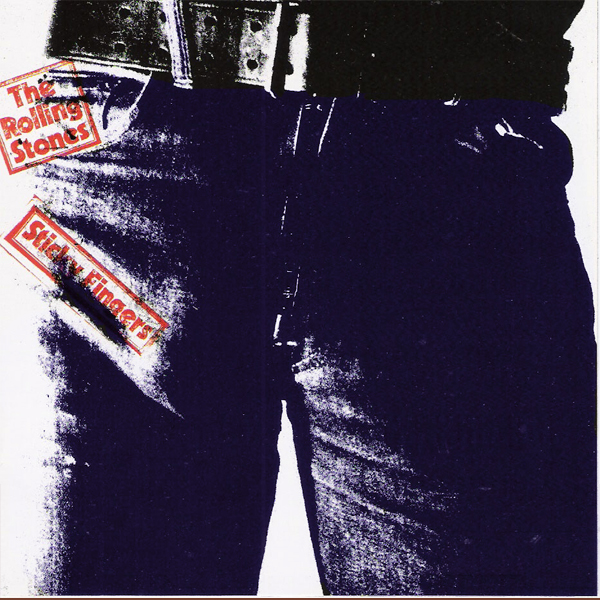
“Brown Sugar” - The Rolling Stones
Album: Sticky Fingers
Released 1971 
The lyric is about slaves from Africa who were sold in New Orleans and raped by their white masters. The subject matter is quite serious, but the way the song is structured, it comes off as a fun rocker about a white guy having sex with a black girl.
Mick Jagger wrote the lyric. According to Bill Wyman, it was partially inspired by a black backup singer named Claudia Lennear, who was one of Ike Turner's backup singers (Ikettes). Jagger and her met when The Stones toured with Turner in 1969.
American-born singer Marsha Hunt is also sometimes cited as the inspiration for the song. She and Jagger met when she was a member of the cast in the London production of the musical Hair, and their relationship, a closely guarded secret until 1972, resulted in a daughter, Karis.
According to the book Up And Down With The Rolling Stones by Tony Sanchez, all the slavery and whipping is a double meaning for the perils of being “mastered” by Brown Heroin, or “Brown Sugar”.
The Stones recorded this in the musically rich but luxury deprived city of Sheffield, Alabama, where Jerry Wexler of The Stones' label, Atlantic Records, often sent his acts. The Rolling Stones arrived in Sheffield on December 2, 1969, stayed until the 4th, then performed their fateful Altamont Speedway concert on December 6, where they performed this song live for the first time. At the show, a fan was stabbed to death by a Hell's Angels security guard.
During their three days in Alabama, The Stones recorded at Muscle Shoals Sound Studios, which opened in May, 1969 when four of the musicians from FAME Studios left to establish their own company. “Wild Horses” and “You Gotta Move” also came out of these sessions, making it a very productive stop. The engineer at the Muscle Shoals sessions was Jimmy Johnson, the producer/guitarist who was one of the studio's founders. The Rolling Stones engineer Glyn Johns added overdubs in England (including horns), but he left Johnson's mix intact. Johnson says that Johns called him from England to compliment him on the mix.
Even though this was recorded in December, 1969, The Stones did not release it until April, 1971 because of a legal dispute with their former manager, Allen Klein, over royalties. Recording technology had advanced by then, but they didn't re-record it because the original version was such a powerful take.
Mick Jagger started writing this while he was filming the movie Ned Kelly in the Australian outback. He's been in a few movies, including Performance, Freejack and The Man From Elysian Fields.
This was the first song released on Rolling Stones Records, The Stones subsidiary label of Atlantic Records. They used the now-famous tongue for their logo.
The album cover was designed by Andy Warhol. It was a close-up photo of a man wearing tight jeans, and contained a real zipper. This caused considerable problems in shipping, but was the kind of added value that made the album much more desirable. You don't get this kind of stuff with CDs.
Sticky Fingers also marked the first appearance of the famous tongue and lips logo, which was printed on the inner sleeve. The logo was designed by John Pasche, who was fresh out of art school (the Royal College of Art in London).
The fortunate souls who got to see The Rolling Stones on their 9-date UK tour in 1971 got a preview of this song, since it was included on the setlist even though Sticky Fingers wouldn't be released for another month.
Rolling Stone magazine (Sticky Gingers / 500 Greatest Albums of All Time) / Wikipedia / Express UK / Independent UK / Daily Mail
Image: Sticky Fingers – The Rolling Stones
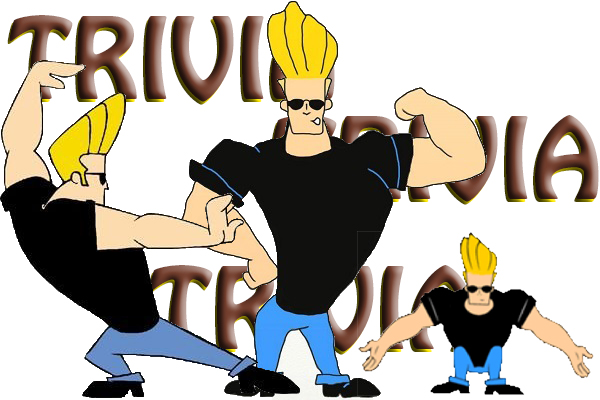
Trivia
● Captain Cook lost 41 of his 98 crew to scurvy (a lack of vitamin C) on his first voyage to the South Pacific in 1768. By 1795 the importance of eating citrus was realized, and lemon juice was issued on all British Navy ships.
● President John F. Kennedy commissioned Pierre Salinger to buy and stockpile 1,500 Havana cigars on the eve of signing the Cuban trade embargo.
● The Netherlands are the lowest country in the world. It is estimated that 40 percent of the land is below sea level.
A Test for People Who Know Everything
In hospital slang a patient seeking emergency treatment for a minor complaint is called a GOMER by the staff. What does GOMER stand for?
● Answer for People Who Do Not Know Everything, or Want to Verify Their AnswerWikipedia
Answer to Last Week's Test
How many times a day do the hour and minute hands of a clock overlap?
Answer: 22. Assuming the clock is working properly.
Joke of the Day
It was George the Mailman's last day on the job after 35 years of carrying the mail through all kinds of weather to the same neighborhood. When he arrived at the first house on his route, he was greeted by the whole family who congratulated him and sent him on his way with a tidy gift envelope.
At the second house, they presented him with a box of fine cigars. The folks at the third house handed him a selection of terrific fishing lures.
At the fourth house, he was met at the door by a strikingly beautiful blonde woman in a revealing negligee. She took him by the hand, gently led him through the door, which she closed behind him, and took him up the stairs to the bedroom where she blew his mind with the most passionate love he had ever experienced.
When he had enough, they went downstairs and she fixed him a giant breakfast: eggs, potatoes, ham, sausage, blueberry waffles, and fresh-squeezed orange juice. When he was truly satisfied, she poured him a cup of steaming coffee. As she was pouring, he noticed a dollar bill sticking out from under the cup's bottom edge. “All this was just too wonderful for words”, he said, “But what's the dollar for?”
“Well”, she said, “Last night, I told my husband that today would be your last day, and that we should do something special for you. I asked him what to give you. He said, 'Screw him. Give him a dollar.' The breakfast was my idea.”
























